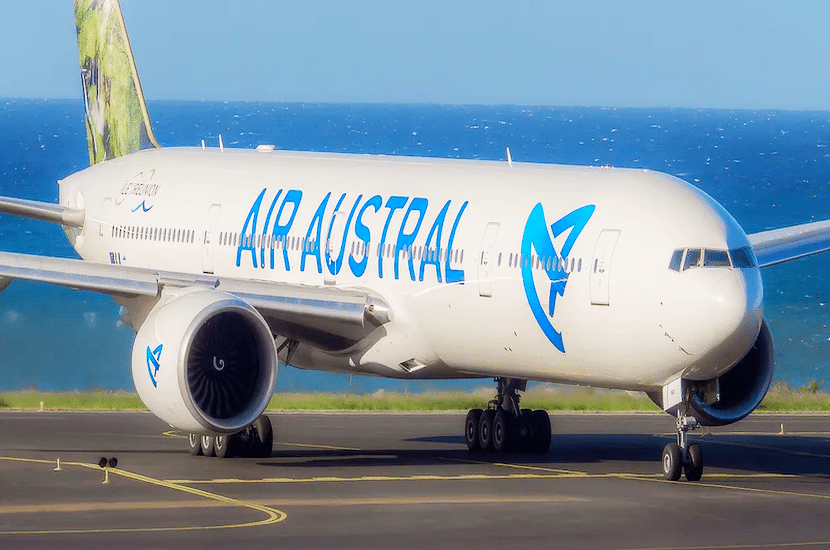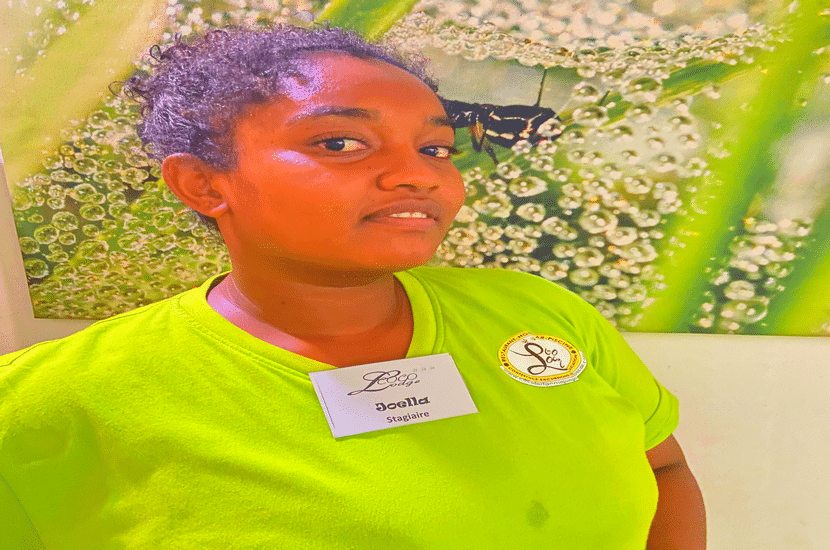Mariculture of Madagascar made his Christmas lunch at Coco Lodge
The team of the firm MARIMA - Mariculture of Madagascar- makes his Christmas lunch at the hotel ★★★ Coco Lodge in Majunga.
Thanks to them, Merry Christmas and best wishes for this year 2015 This beautiful team led by Patrice Mazet and Abdul Madjid !
And if you took the opportunity to better know this industry : shrimp aquaculture ….
Madagascar has tanned favourable and suitable for the cultivation of shrimp valued at around 15 000 HA of gross floor area or to 11 000 HA of area on the West Coast and, in its marine waters, considered one of the most successful aquaculture species Penaeus monodon. Thanks to these potential, industrial and artisanal/family of shrimp aquaculture has been developed in Madagascar. It is an activity which began in the early 1990.
A recent and integrated activity...
As a result of the promising results of the "Pilot of shrimp Aquaculture farm" project funded by UNDP/FAO, led to the site of the crater of Nosy Be and the fisheries of Nossy Be society-driven (GNP), the implementation of the first Malagasy of the Group UNIMA AQUALMA shrimp farm was started in 1992 in Mahajamba. Its production however began only in 1994 with a tonnage of 406 tons. From 1995, other industrial farms are installed : AQUAMEN E.F. en 1995 North of Morondava near Belo on Tsiribihina, SOMAQUA in 1997 to Boanamary in Mahajanga region, ACB second farm of the UNIMA group in Besalampy, AQUAMAS in 1999 at Soalala, LGA/OSO in 2001 to Ambavanankarana in the region of Ambilobe and AQUABIO in 2002 in the region of Mahajanga. All shrimp companies are Frank enterprises.
Shrimp farming ponds
The semi-intensive farming with pumping but without aeration system, which is well suited to the context of large stores of livestock and environmental conditions in Madagascar, is applied in all farms. Two breeding cycles of 150 days on average are carried out each year and produced shrimp weigh about 35g.
All of these large industrial farms have their own hatchery to power their post larvae breeding ponds, with a maximum stocking density of 20 post larvae/m2, and their plant for the treatment and packaging of shrimp produced. All of these plants are approved, allowing companies to export their production to Member States of the European Union or to Asian countries. Faced with global competition and the demands of the markets, the companies provide great efforts in the conduct of their breeding and processing their products for obtaining labeled shrimp, the example of the "Label Ikizuki". (to eat raw) to the Japan of the shrimp the UNIMA group or the "Label Bio' of the company LGA/OSO shrimp.
Food of shrimp is the first post loads of shrimp farming. For the moment, These foods are still made up of import feed and some companies have already thought about integrating a mill in their production system. With the support of the French Agency for development (AFD) and that of the French Fund for the global environment (FFEM), research is underway to substitute in these feed, flour very expensive fish and strong carbon footprint by vegetable flour good digestibility and flour of the insect should illucens.
At the center of concerns : the environment...
The quality of the environment is paramount in aquaculture. Each company has complied with the provisions of the Decree MECIE or 'Putting into the compatibility of the investment with the environment' which is monitored by the National Office for the environment (ONE). Within this framework each company has implemented programs, (i) monitoring of the waters upstream and downstream the production farm, (II) Health Watch and (III) restoration of mangroves. Programs of reforestation on land are also undertaken, to meet the needs of the entire population of business locations.
Aquaculture sites are built on tired who are in arrears mangrove land and located in remote areas. For a good integration of this activity in these areas, the location of infrastructure required sensitization, consultations and agreements of local populations. Most, if not all of the companies participated in the opening up of these areas and created infrastructure base for surrounding villages and towns : roads, docks, schools, basic health centres, drinking water supply, markets, station....
Sustained development and then a crisis...
Well integrated on the technical and technological level, social and environmental, industrial aquaculture of shrimp has experienced considerable growth. Its production has continued to increase since the beginning of the activity and has even exceeded the production of fishing from 2005
Shrimp farming has also suffered the crisis in the sector and its production began to fall from 2008. This crisis is largely due to exogenous factors related to the increasing price of oil and the decline in the price of shrimp challenged by the small species of breeding vannamei in international markets. She has shut down in 2009 of two fish farms, SOMAQUA of Boanamary and Besalampy shrimp Aquaculture (ACB).
A preventive management for sustainability...
The first text governing the management of aquaculture is Ordinance No. 93-022 of 04 May 1993, wearing regulation of fishing and aquaculture, particular article 2 gives the definition of aquaculture and aquaculture institutions and article 15 which specifies the obligations of developers.
In order to continue the development of this new activity based on responsible and sustainable, the Malagasy Government supported by the European Union has made between 1999 and 2001 the pattern of development of the shrimp Aquaculture in Madagascar (SAAC), associated with a Code of conduct.
From this development scheme, which is a programming framework, support and control of shrimp aquaculture, Law No. 2001-020 the 12 December 2001 with development of aquaculture of shrimps responsible and sustainable has been published.
Packing plant
Coastal and marine Malagasy are free of animal diseases. But aware that such activity is potentially facing risks that cannot be mastered through rigorous in the design and management of farms, the Department in charge of Aquaculture and the GAPCM co-hosted an international conference on "The shrimp head" in Antananarivo, in December 2002. This conference, that is the first of its kind in Madagascar, saw the intervention of renowned international experts. He had intended to present, on the one hand the achievements of aquaculture of shrimps in Madagascar and, on the other hand, the situation of this activity in the world by highlighting the latest advances in the areas of technology, animal health, Food and research. Malagasy farmers have benefited during this conference of the experiences and know-how from outside but also could learn lessons about the health risks involved and the necessary precautions to ensure the sustainability of their activities.
En 2007 and with the support of the AFD, an EPI-surveillance system has been implemented and the first reference document on certification of Madagascar's shrimp farms has been finalized in partnership with WWF. Shrimp Aquaculture dialogue (Shad), two representatives of the Malagasy shrimp enterprises have participated since 2008 initiated by WWF and FAO regional dialogues. They have become members of the Global Steering Committee (GSC), body responsible for drafting the specifications common to all systems used in the world. They were elected to represent Madagascar in the Regional Steering Committee (RSC) Africa. AFD has supported their participation in these dialogues.
Shrimp cottage/family : an experience to resume or review ?…
According to the policy of the Ministry in charge of Aquaculture which is to make it accessible to shrimp aquaculture operators national including those in the artisanal sector, the shrimp Culture Development Center (CDCC) has created in Mahajanga with the support of the Japanese Government in 1998. He had as mission training and technical support from national farmers for the promotion of shrimp farming on a small scale. En 2000, Twenty of them have gathered in the Ezaka association to create the AQUAE farm ; others have preferred to build their own individual farms (SEBAM, AQUABEL, SYLVAIN's POND and AQUANTSAHA) occupant of the lower surfaces 50 HA, located near the city of Mahajanga.







